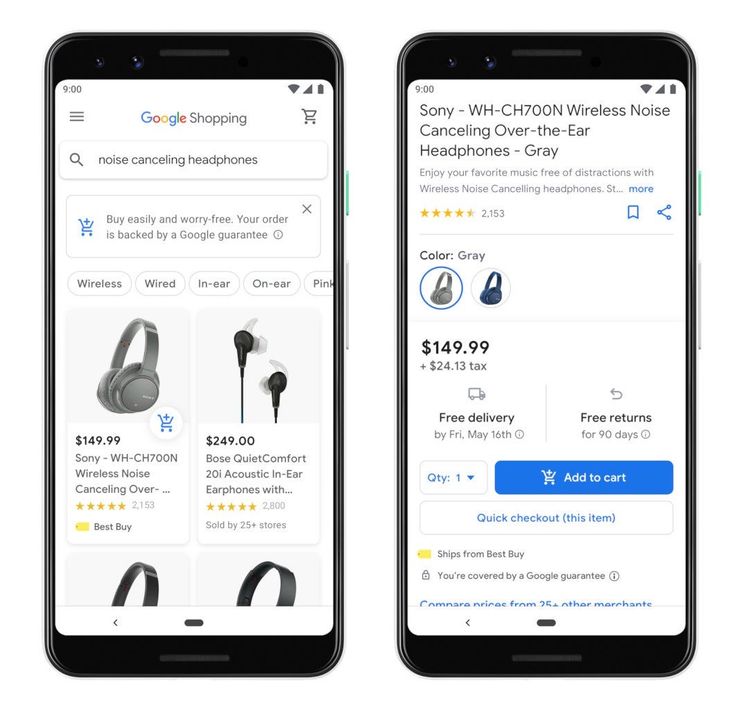Why Retailers Should “Get In On The Action” With Google Shopping Actions
We’ve all seen the headlines: shopping malls are dying, foot traffic is down, and brick-and-mortar stores are closing. Now more than ever, consumers are turning to online shopping via mobile devices, laptops, and even voice-activated speakers.
Enter Google, where billions of searches take place daily. Research has shown that before shoppers make that initial purchase, consumers turn to a search engine for inspiration, product research, and to browse different brands. This shopping journey makes it the perfect opportunity for retailers to showcase their products on Google Shopping Actions (GSA).
What are Google Shopping Actions?
Unlike the traditional pay-per-click model, Google Shopping Actions follows a pay-per-sale model. Advertisers pay a commission when the user makes a purchase. GSA commission rates vary, depending on the product category. In general, they range from 2-20%, with an average of 12%.
Consumers can purchase multiple products from various retailers using a universal shopping cart. The checkout process is simple and instant, using payment information that’s stored in the system.
In the near future, Google Shopping Actions ad listings will be denoted with a blue shopping cart icon, indicating that the item can be placed in the universal shopping cart for purchase.
Why should retailers participate in Google Shopping Actions?
Acquire new customers: To put it simply, you get more eyeballs on your products when they surface across multiple Google platforms like Google Search, Google Assistant, and the Google Express mobile app.
Increase sales: Google Shopping Actions’ ease of use through the checkout process leads to fewer clicks and a higher conversion rate. A friction-free shopping experience translates to shoppers building a bigger shopping cart.
Increase loyalty: Google will make personalized product recommendations based on past purchasing behavior and Google search interactions. This triggers consumers to reorder, turning one-time shoppers into repeat customers.
Collect customer data: Google Shopping Actions shares user data with retailers. This data includes customer name, email address, and shipping address. This allows retailers to build an email list so that you can send promotional emails to the customer regarding upcoming sales.
Lower administrative costs: Customer purchases are backed by a Google guarantee with customer support and returns handled by Google.
What now?
If you think that you have to sacrifice Product Listing Ads (PLAs), also known as cost per click (CPC) ads for Google Shopping Actions, you would be wrong. A recent case study revealed that when companies use both methods at the same time, conversions increased. You can read more about this real-world Google Shopping Actions vs. Google Shopping success story here.
Need help getting listed on Google Shopping Actions? Feedonomics can help! Having a feed management platform will make it easier to manage hundreds or even thousands of products across multiple marketplaces.
About the author
Brian Roizen is the co-founder and chief architect of Feedonomics, a full-service feed optimization platform that optimizes product data for hundreds of channels. He has been featured on numerous podcasts and webinars, and regularly contributes to Search Engine Land and other industry-leading blogs. Brian graduated summa cum laude from UCLA with both a Bachelor’s and Master’s degree in Mechanical Engineering.

We love our Perfect Search team. While we’re all different, our team loves fierce kickball games, a good ping-pong rivalry, and Thursday meetings featuring Catchphrase and Summer Shandys. Find out more about our employees, our culture, and our personality here.

